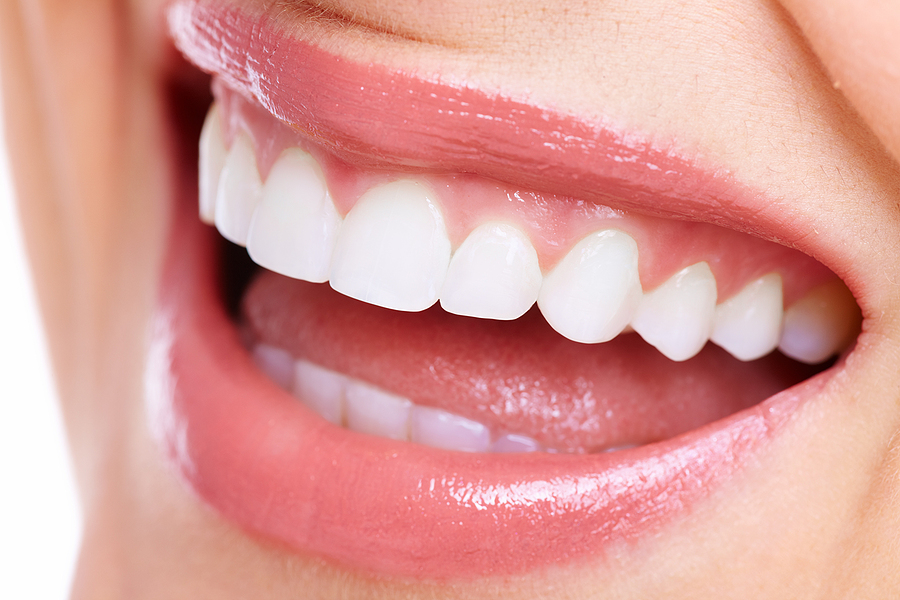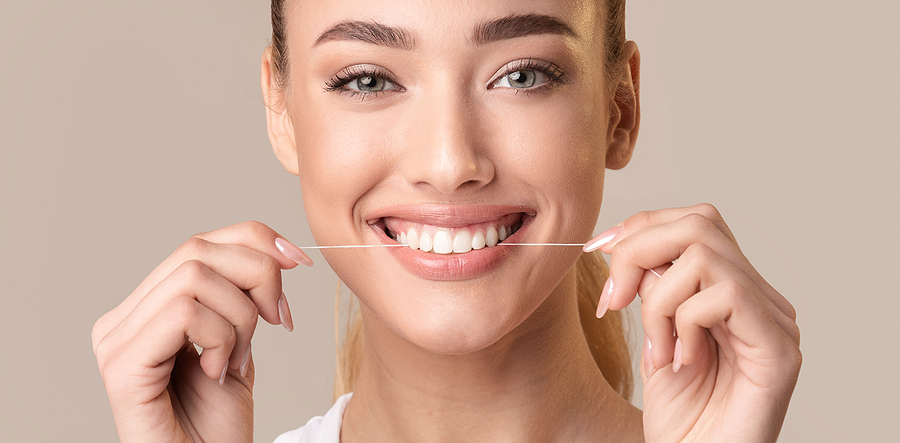Dentists from all around the world insist we brush and floss the teeth at least twice a day. Although brushing is given a lot of prominence and is often carried out regularly, flossing is sometimes ignored for various reasons. Many feel that brushing would suffice to get rid of the microbes in the mouth, and flossing is an added measure that isn’t absolutely necessary. However, skipping flossing isn’t a healthy practice, as it has its own significance and can keep you from developing harmful oral conditions.
What are plaque and tartar?
Despite thorough brushing first thing in the morning, the microbes in the mouth tend to multiply as the day progresses and increase in number gradually. They combine with the saliva and get deposited on the tongue, the soft inner lining of the mouth, gums, and most importantly, the teeth. This layer of deposited microbes is mostly transparent, and at times, it can be seen as a dull or yellowish layer on the teeth. It is essential to get plaque removed at regular intervals, failing which would result in the formation of tartar.
Tartar is far more dangerous compared to plaque, as it is composed of thousands of harmful microbes. These microbes release toxins when they feed on the food residues in the mouth, which have the ability to erode the enamel and infect the soft gum tissues. In fact, tartar is the leading cause of cavities and gum diseases, such as gingivitis and periodontitis.
How can flossing help here?
You may feel that the microbes on your teeth are removed thoroughly when you brush. But, they often tend to get left behind on the hard to reach parts of the mouth, such as the intersection between two teeth. This is why tartar deposits are predominantly found near the teeth intersection, which could go on to form cavities. This can be prevented by flossing.
Flossing involves using a string-like floss to remove the food residues and microbes lodged between teeth. The procedure is quite simple, effective, and improves oral health significantly. It ensures the bacteria are removed from areas where the toothbrush bristles cannot reach.
What is the ideal way to floss?
Choose a piece of floss that is about 18 inches long so that you can hold it firmly between both hands. Wrap the ends between the middle or index fingers to keep them from slipping off. Hold the floss between your index finger and thumb and slide it between two teeth gently. Using to and fro motion and curl it against the side of the teeth to remove the adhered plaque. Similarly, clean the tooth on the opposite side as well.
While doing so, make sure you do not cut or damage your soft gum tissues. Once completed, please discard the floss and avoid reusing it at all costs, as there could be numerous microbes on its surface.
Please schedule a consultation with dentists by calling us or reaching us through an online query, and we’ll be happy to guide you further.
Share On

The Impact of Dental Implants on Jawbone Health & Facial Structure
Are you considering dental implants in Salt Lake City, UT? If so, you're not alone. Many people are …

What to Expect During Your First Periodontal Appointment
Navigating the world of dental health can be daunting, especially when it comes to periodontal care. If you're …

The Benefits of Root Canal Treatment: Why Saving Your Tooth is Worth It
When it comes to dental health, few terms evoke as much apprehension as "root canal treatment." Many people …

Understanding Root Canal Therapy: A Guide to Restoring Your Oral Health
A toothache can be one of the most painful experiences, often signaling something is amiss beneath the surface. …

Enhancing Your Smile with White Fillings in Salt Lake City, UT
Dental health and aesthetics go hand in hand, and advancements in dental materials have made it possible to …
